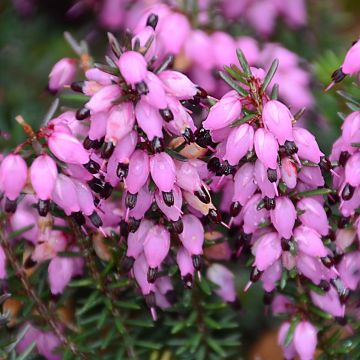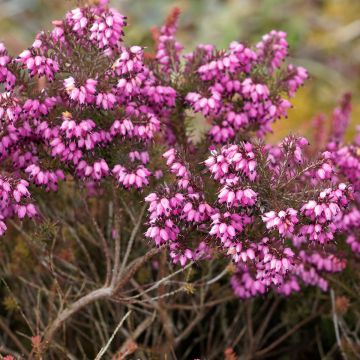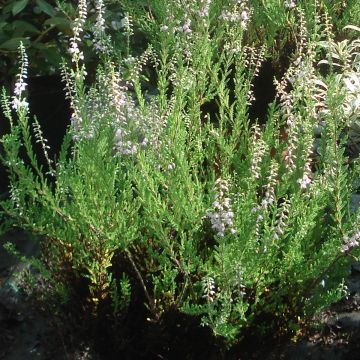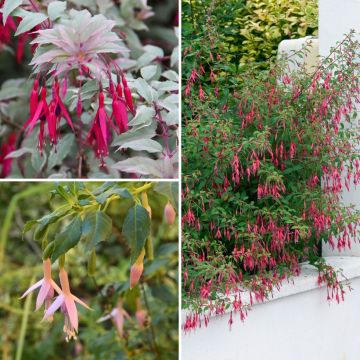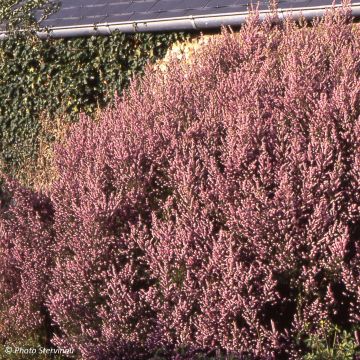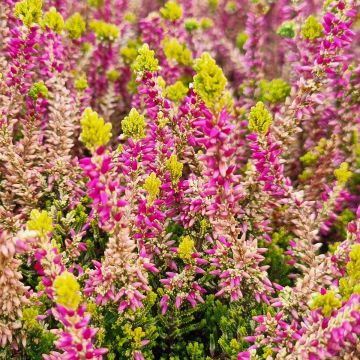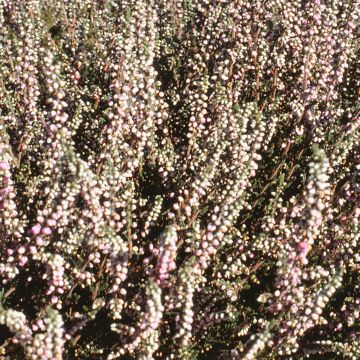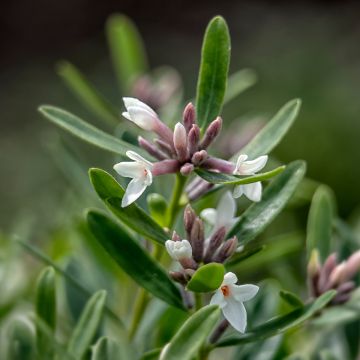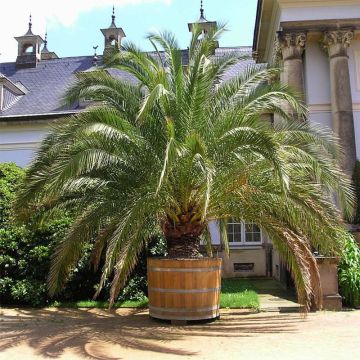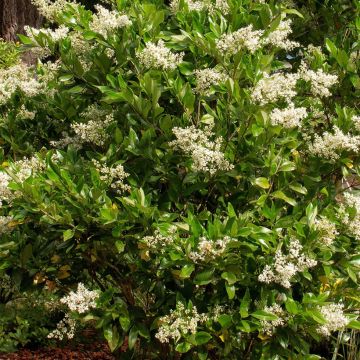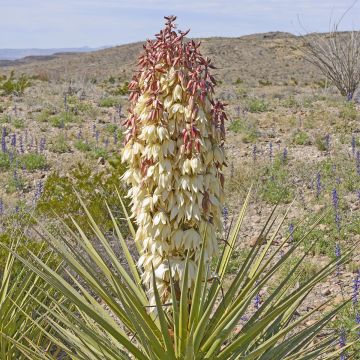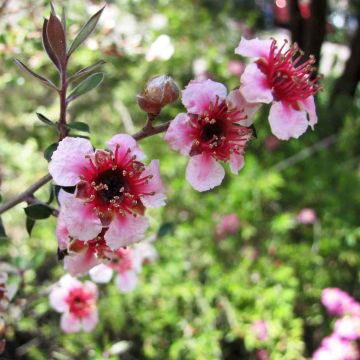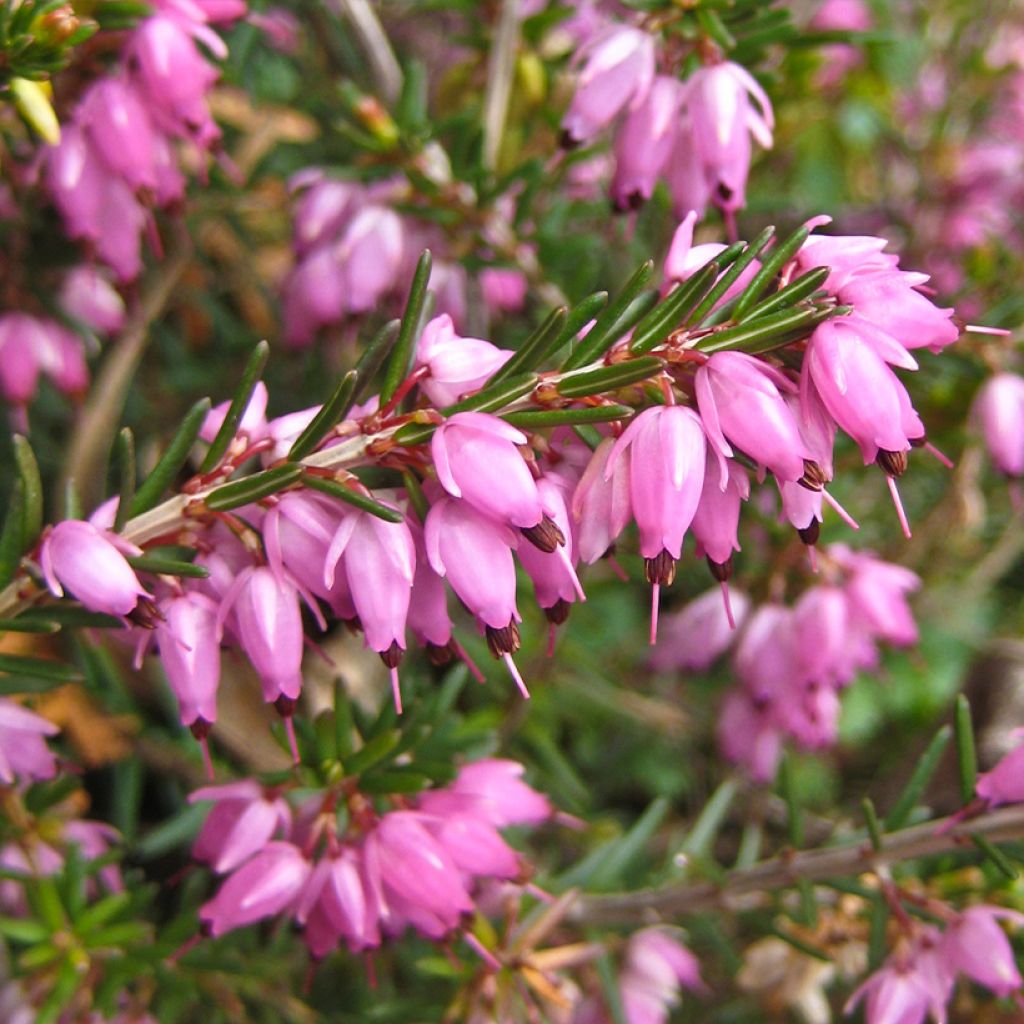

Erica carnea Springwood Pink
Erica carnea Springwood Pink
Erica carnea Springwood Pink
Winter Heath, Winter Flowering Heather, Spring Heath
Special offer!
Receive a €20 voucher for any order over €90 (excluding delivery costs, credit notes, and plastic-free options)!
1- Add your favorite plants to your cart.
2- Once you have reached €90, confirm your order (you can even choose the delivery date!).
3- As soon as your order is shipped, you will receive an email containing your voucher code, valid for 3 months (90 days).
Your voucher is unique and can only be used once, for any order with a minimum value of €20, excluding delivery costs.
Can be combined with other current offers, non-divisible and non-refundable.
Home or relay delivery (depending on size and destination)
Schedule delivery date,
and select date in basket
This plant carries a 24 months recovery warranty
More information
We guarantee the quality of our plants for a full growing cycle, and will replace at our expense any plant that fails to recover under normal climatic and planting conditions.
Would this plant suit my garden?
Set up your Plantfit profile →
Description
The 'Springwood Pink' Erica carnea is a variety of Winter Heath with a very spreading habit, low-growing, ideal for rockeries, ground cover or pots. Its delicate foliage emerges in bronze before turning a soft green. It is covered in a beautiful light pink flowering from January onwards, which then progresses to a darker medium pink, with brown anthers. This long-flowering heath tolerates limestone soils, pollution, and sea spray. It thrives in full sun or partial shade in well-drained soil.
The 'Springwood Pink' Erica carnea belongs to the family Ericaceae. It is one of the many descendants of the Erica carnea native to the limestone Alps. The plant forms a low undershrub with a running and flattened habit, heavily branched, 15 cm tall and 30 to 45 cm wide. Its growth is relatively slow, with a lifespan of around fifteen years. In winter and throughout spring, from January to April-May, it produces delicate little urn-shaped flowers in a soft pink shade that gradually darkens, contrasting with the prominent bronze stamens. The bells are arranged in clusters 5 to 10 cm long at the end of leafy stems. The flowering is melliferous, providing a valuable source of pollen and nectar for bumblebees, hoverflies, and other bees in early spring. The foliage, evergreen in winter, consists of very narrow and erect leaves, vibrant green, with new foliage emerging in bronze.
The 'Springwood Pink' alpine heath thrives at the base of deciduous or evergreen shrubs that provide it with light shade. It makes a good ground cover in rockeries or slopes. Plant it in mass plantings, in a heather garden for a mosaic of colors. Use it in pots alongside taller plants. In borders, plant it alongside Hellebores, small sedges like Carex comans 'Frosted Curls', at the base of Cornus sanguinea.
While heathers, particularly the genus Erica, are often associated with the humid Atlantic heathlands of Brittany, Ireland, or Scotland, there are also heathers that thrive in dry climates and limestone soils, such as those found in the Mediterranean. However, one of the richest areas in heather species is located far away, in South Africa. In the Cape region, there is a plant formation on acidic soil, equivalent to our Mediterranean scrub vegetation, called fynbos, which includes nearly 625 heather species out of the 740 that exist worldwide.
Report an error about the product description
Erica carnea Springwood Pink in pictures
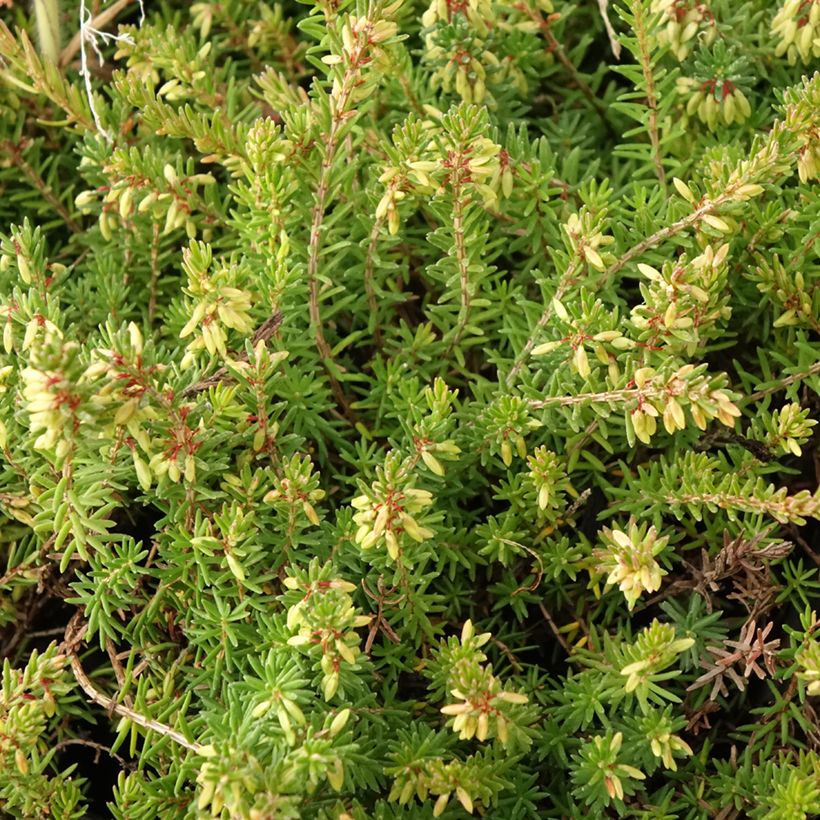

Plant habit
Flowering
Foliage
Botanical data
Erica
carnea
Springwood Pink
Ericaceae
Winter Heath, Winter Flowering Heather, Spring Heath
Cultivar or hybrid
Other Heather
View all →Planting and care
The Erica carnea 'Springwood Pink' prefers a soil that is not too rich in organic matter, it adapts very well to poor soils. However, it should be light, sandy, slightly acidic, neutral to limestone, moist, but well-drained. Plant in autumn or spring, without burying the collar too deep. This plant appreciates non-burning full sun or partial shade. For the first two years, carefully weed around the base. Adapted to dry environments, the roots of this heather are highly branched in the soil and prevent the establishment of other species nearby once they are well established. In case of prolonged drought, mulch around the base to retain some moisture. Erica can be prone to phytophthora (root rot), pythium, and rhizoctonia during hot and humid periods.
Planting period
Intended location
Care
This item has not been reviewed yet - be the first to leave a review about it.
Similar products
Haven't found what you were looking for?
Hardiness is the lowest winter temperature a plant can endure without suffering serious damage or even dying. However, hardiness is affected by location (a sheltered area, such as a patio), protection (winter cover) and soil type (hardiness is improved by well-drained soil).

Photo Sharing Terms & Conditions
In order to encourage gardeners to interact and share their experiences, Promesse de fleurs offers various media enabling content to be uploaded onto its Site - in particular via the ‘Photo sharing’ module.
The User agrees to refrain from:
- Posting any content that is illegal, prejudicial, insulting, racist, inciteful to hatred, revisionist, contrary to public decency, that infringes on privacy or on the privacy rights of third parties, in particular the publicity rights of persons and goods, intellectual property rights, or the right to privacy.
- Submitting content on behalf of a third party;
- Impersonate the identity of a third party and/or publish any personal information about a third party;
In general, the User undertakes to refrain from any unethical behaviour.
All Content (in particular text, comments, files, images, photos, videos, creative works, etc.), which may be subject to property or intellectual property rights, image or other private rights, shall remain the property of the User, subject to the limited rights granted by the terms of the licence granted by Promesse de fleurs as stated below. Users are at liberty to publish or not to publish such Content on the Site, notably via the ‘Photo Sharing’ facility, and accept that this Content shall be made public and freely accessible, notably on the Internet.
Users further acknowledge, undertake to have ,and guarantee that they hold all necessary rights and permissions to publish such material on the Site, in particular with regard to the legislation in force pertaining to any privacy, property, intellectual property, image, or contractual rights, or rights of any other nature. By publishing such Content on the Site, Users acknowledge accepting full liability as publishers of the Content within the meaning of the law, and grant Promesse de fleurs, free of charge, an inclusive, worldwide licence for the said Content for the entire duration of its publication, including all reproduction, representation, up/downloading, displaying, performing, transmission, and storage rights.
Users also grant permission for their name to be linked to the Content and accept that this link may not always be made available.
By engaging in posting material, Users consent to their Content becoming automatically accessible on the Internet, in particular on other sites and/or blogs and/or web pages of the Promesse de fleurs site, including in particular social pages and the Promesse de fleurs catalogue.
Users may secure the removal of entrusted content free of charge by issuing a simple request via our contact form.
The flowering period indicated on our website applies to countries and regions located in USDA zone 8 (France, the United Kingdom, Ireland, the Netherlands, etc.)
It will vary according to where you live:
- In zones 9 to 10 (Italy, Spain, Greece, etc.), flowering will occur about 2 to 4 weeks earlier.
- In zones 6 to 7 (Germany, Poland, Slovenia, and lower mountainous regions), flowering will be delayed by 2 to 3 weeks.
- In zone 5 (Central Europe, Scandinavia), blooming will be delayed by 3 to 5 weeks.
In temperate climates, pruning of spring-flowering shrubs (forsythia, spireas, etc.) should be done just after flowering.
Pruning of summer-flowering shrubs (Indian Lilac, Perovskia, etc.) can be done in winter or spring.
In cold regions as well as with frost-sensitive plants, avoid pruning too early when severe frosts may still occur.
The planting period indicated on our website applies to countries and regions located in USDA zone 8 (France, United Kingdom, Ireland, Netherlands).
It will vary according to where you live:
- In Mediterranean zones (Marseille, Madrid, Milan, etc.), autumn and winter are the best planting periods.
- In continental zones (Strasbourg, Munich, Vienna, etc.), delay planting by 2 to 3 weeks in spring and bring it forward by 2 to 4 weeks in autumn.
- In mountainous regions (the Alps, Pyrenees, Carpathians, etc.), it is best to plant in late spring (May-June) or late summer (August-September).
The harvesting period indicated on our website applies to countries and regions in USDA zone 8 (France, England, Ireland, the Netherlands).
In colder areas (Scandinavia, Poland, Austria...) fruit and vegetable harvests are likely to be delayed by 3-4 weeks.
In warmer areas (Italy, Spain, Greece, etc.), harvesting will probably take place earlier, depending on weather conditions.
The sowing periods indicated on our website apply to countries and regions within USDA Zone 8 (France, UK, Ireland, Netherlands).
In colder areas (Scandinavia, Poland, Austria...), delay any outdoor sowing by 3-4 weeks, or sow under glass.
In warmer climes (Italy, Spain, Greece, etc.), bring outdoor sowing forward by a few weeks.






























